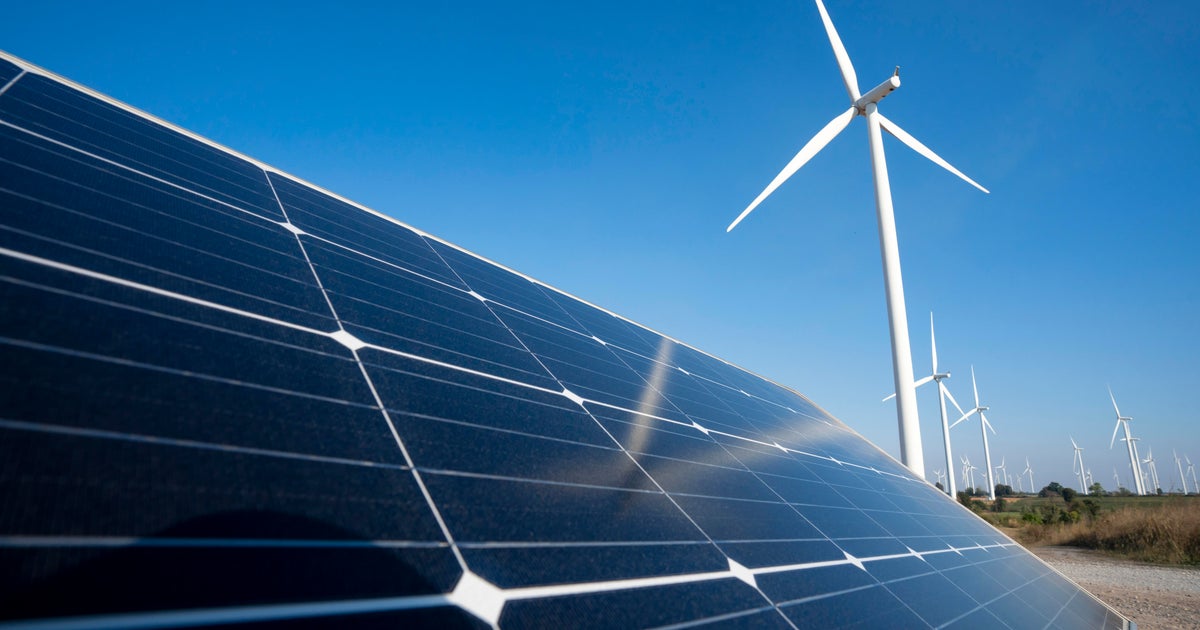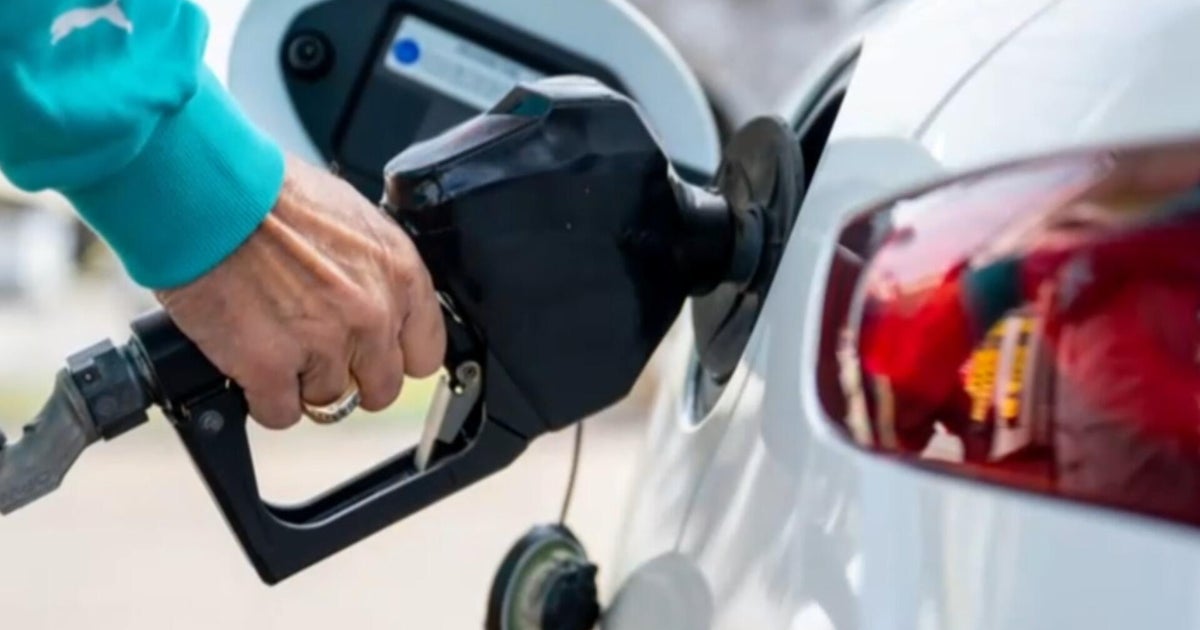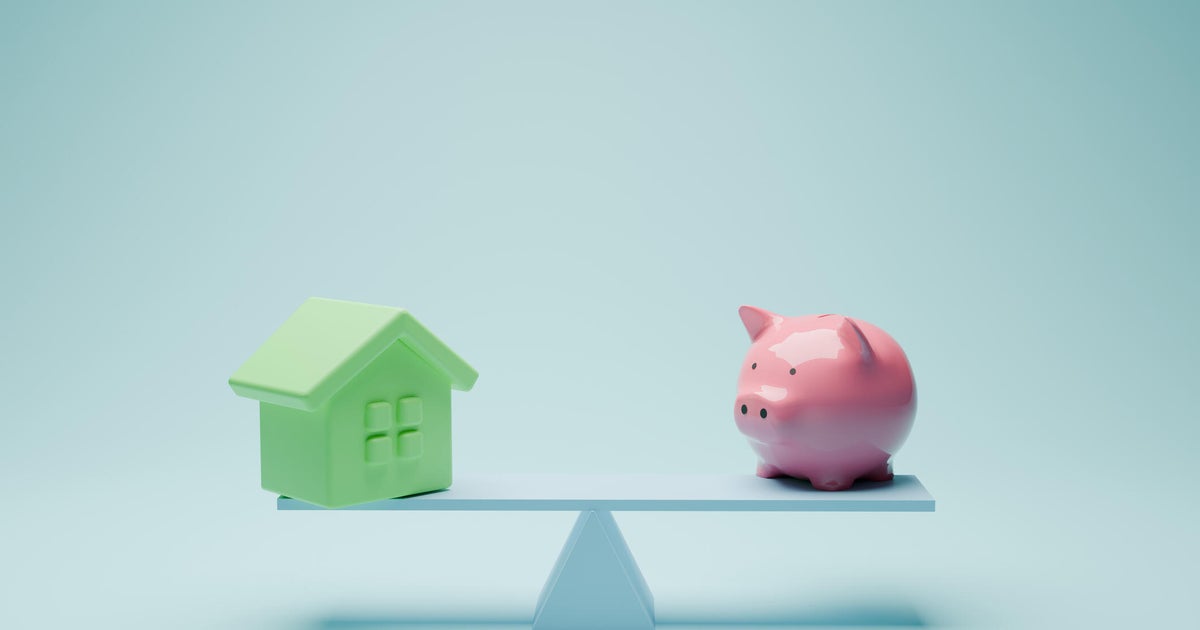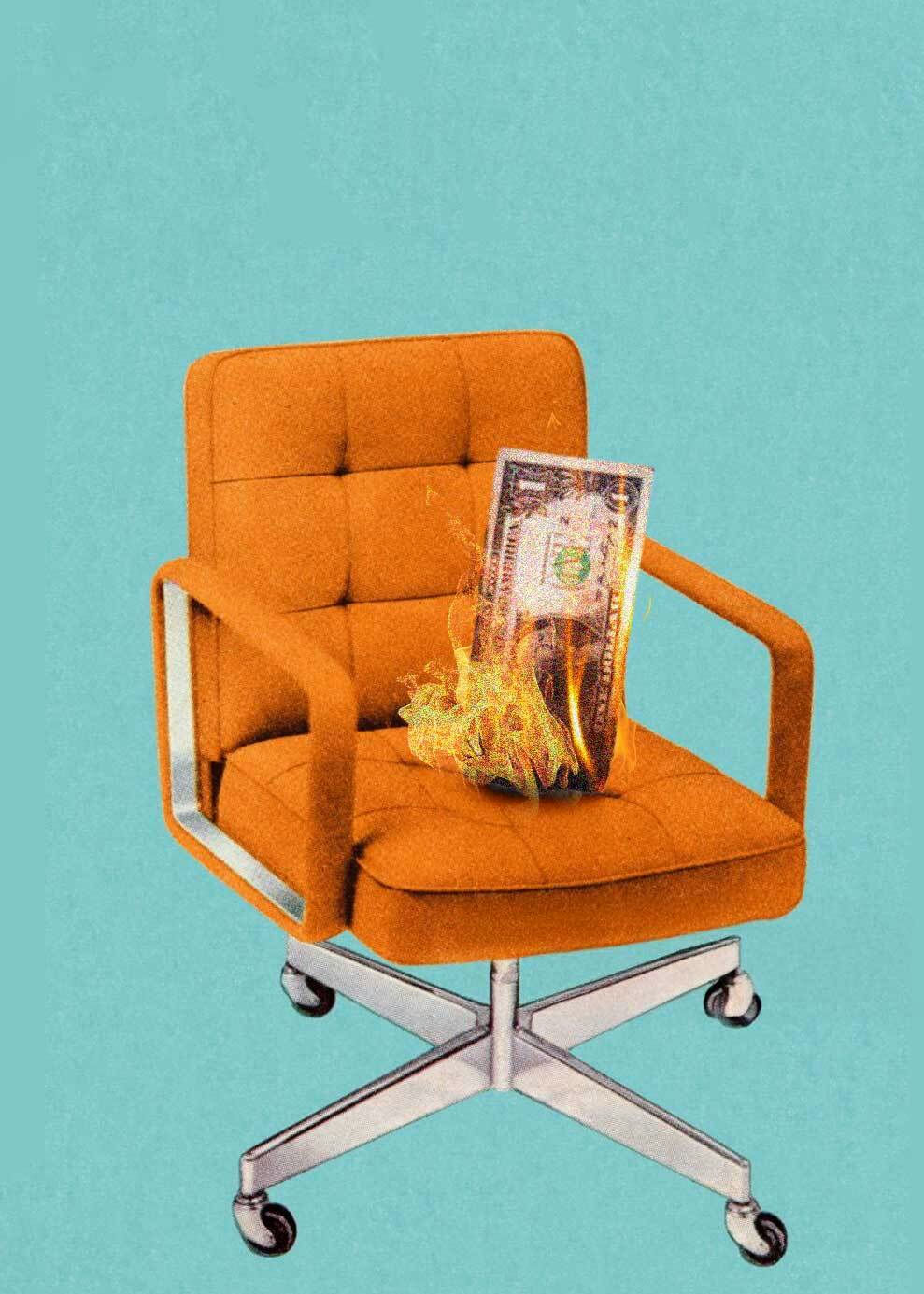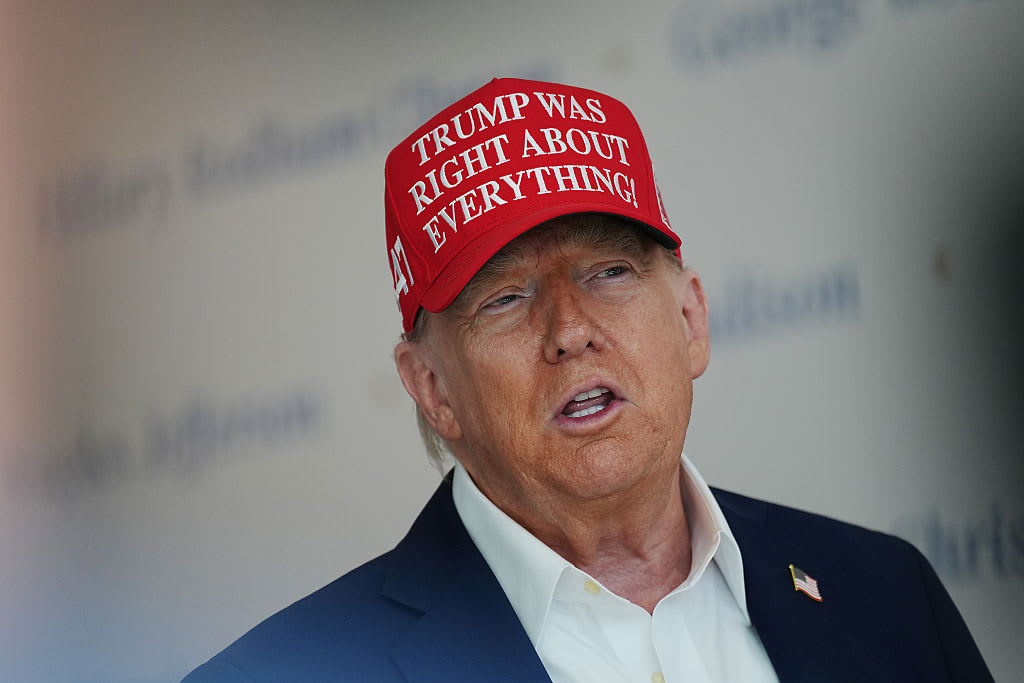U.S. prices cooled in April, key inflation gauge shows
A price gauge closely tracked by the Federal Reserve cooled slightly last month, a sign that inflation may be easing after running high in the first three months of this year.
Friday's report from the Commerce Department showed that an index that excludes volatile food and energy costs rose 0.2% from March to April, down from 0.3% in the previous month. It was the mildest such increase so far this year.
"The key core PCE inflation gauge cooled in April, a welcome outcome after a heating up in Q1," Kathy Bostjanic, Nationwide Chief Economist said in a note. "That said, Fed officials will need more than one month of better inflation readings to bolster their confidence enough to start to cut rates later this year," she said.
Measured from 12 months earlier, such so-called "core" prices climbed 2.8% in April, the same as in March. Overall inflation increased 0.3% from March to April, the same as in the previous month, and 2.7% from a year earlier, also unchanged from March's figure.
The Fed tends to favor the inflation gauge that the government issued Friday — the personal consumption expenditures price index — over the better-known consumer price index. The PCE index tries to account for changes in how people shop when inflation jumps. It can capture, for example, when consumers switch from pricier national brands to cheaper store brands.
Friday's report also showed that income growth slowed and spending cooled sharply in April, a trend that could help moderate economic growth and inflation in the coming months and potentially please the Fed. Its policymakers have said they'd have to see at least several mild inflation reports before they would be comfortable cutting their benchmark interest rate.
Fed Chair Jerome Powell has said he expects inflation to continue to decline this year, but needs to gain "greater confidence" in that forecast from upcoming inflation reports.
Grocery prices eased last month, according to Friday's report, though they're still up significantly from before the pandemic. So the prices of long-lasting goods, led by less expensive new and used cars, furniture and appliances. The cost of used cars has dropped nearly 5% over the past year.
Gas prices, though, jumped 2.7%, just from March to April. Likewise, the costs of many services rose faster than the Fed would like. Restaurant meals, for example, rose 0.3% from March to April and are up 4% from a year earlier. Entertainment prices, including for movies and concerts, jumped 7.4% from 12 months earlier.
Inflation fell sharply in the second half of last year but then leveled off above the Fed's 2% target in the first few months of 2024. With polls showing that costlier rents, groceries and gasoline are angering voters as the presidential campaign intensifies, Donald Trump and his Republican allies have sought to heap the blame on President Joe Biden.
"An important question for the Fed that has been raised within the [Federal Open Market Committee] as well as among former Fed officials is whether the focus on reaching 2% is appropriate and if 2.5-3% is a more realistic goal," said Quincy Krosby, Chief Global Strategist for LPL Financial in a note.
- Target to cut prices on 5,000 products in bid to lure cash-strapped customers
- Americans are choking on surging fast-food prices. "I can't justify the expense," one customer says
"Still, the market sees one rate cut later in the year and given the most recent Fed commentary the majority of Fed speakers are in agreement. The broader question now is 2% sacrosanct," she said.
"The overriding concern is whether current policy punishes those who can least afford higher interest rates coupled with still higher prices."
In the past couple of weeks, a stream of remarks by Fed officials have underscored their intention to keep borrowing costs high as long as needed to fully defeat inflation. As recently as March, the Fed's policymakers had collectively forecast three rate cuts this year, starting as early as June. Yet Wall Street traders now expect just one rate cut this year, in November.
One influential Fed official, John Williams, president of the Federal Reserve Bank of New York, said Thursday that he expects inflation to start cooling again in the second half of the year. Until it does, though, Fed Chair Jerome Powell has made clear that the central bank is prepared to keep its key rate pegged at 5.3%, its highest level in 23 years.
The central bank raised its benchmark rate from near zero to its current peak in 15 months, the fastest such increase in four decades, to try to tame inflation. The result has been significantly higher rates for mortgages, auto loans and other forms of consumer and business borrowing.

